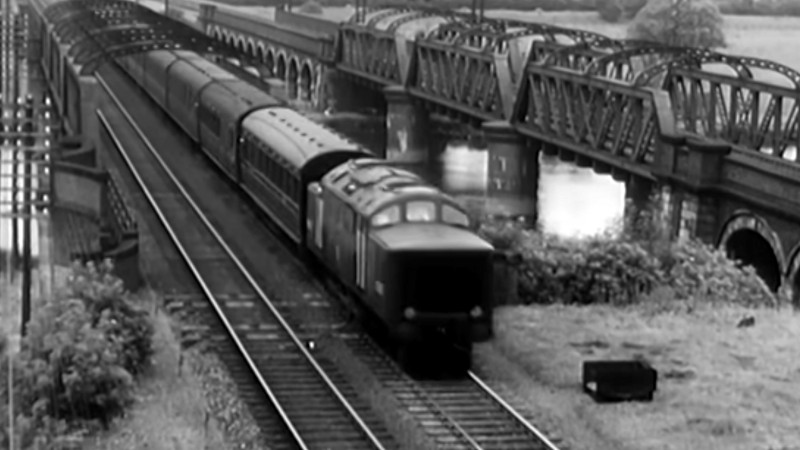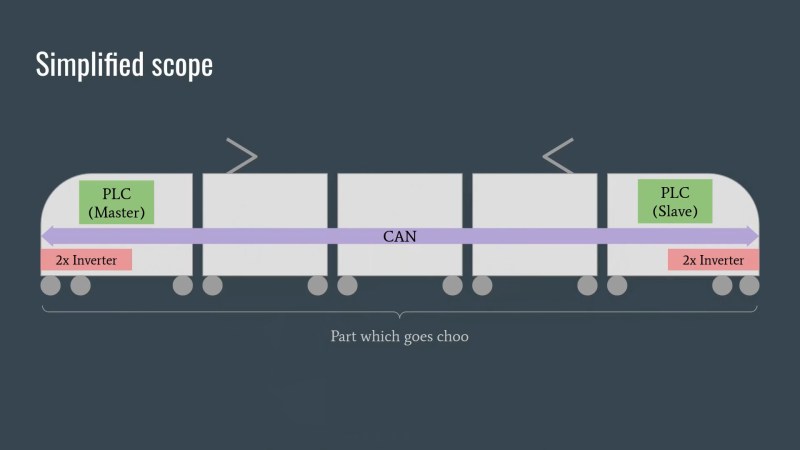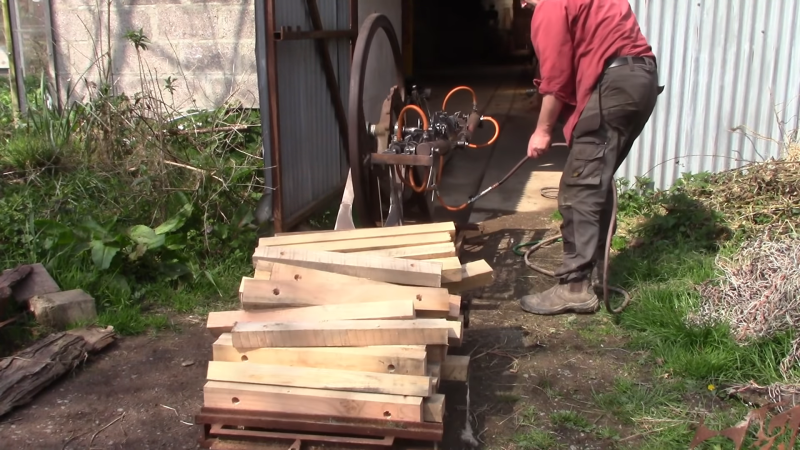Hacker dads often have great plans for all the fun projects they’ll build for their kids. Reality often intrudes, though, creating opportunities for hacker grandfathers who might have more time and resources to tackle the truly epic kid hacks. Take, for instance, [rwreagan] and the quarter-scale model railroad he built for his granddaughter.
Taking inspiration from a 1965 issue of Popular Mechanics, grandpa hit this one out of the park. Attention to detail and craftsmanship are evident from the cowcatcher to the rear coupler of this 4-2-0 steam engine replica, and everywhere along the 275 feet of wooden track — …read more
 Continue reading And the Grandfather of the Year Award Goes to…→
Continue reading And the Grandfather of the Year Award Goes to…→



